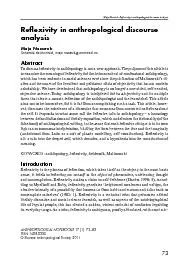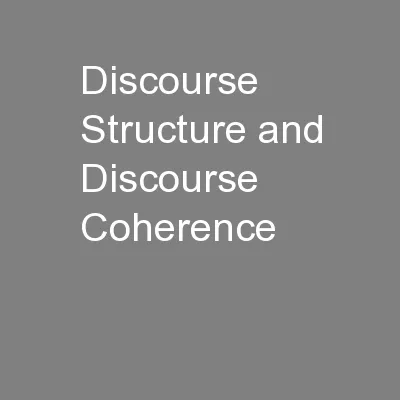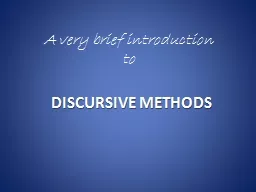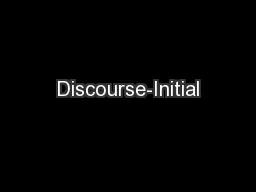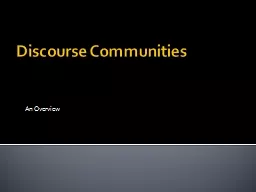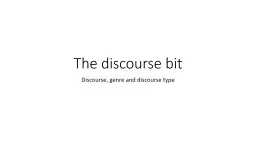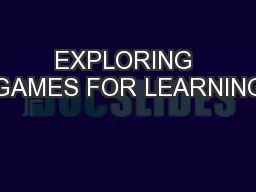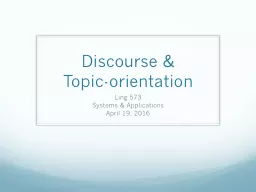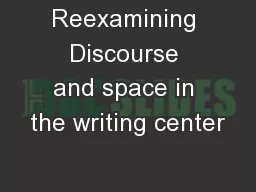PDF-Maja Nazaruk: Re�exivity in anthropological discourse analy
Author : phoebe-click | Published Date : 2015-10-07
73 Anthropological Notebooks XVII1 2011 stantial research evidence to back it up and it is used as a passe partout tool for referring to autocritical thought and
Presentation Embed Code
Download Presentation
Download Presentation The PPT/PDF document "Maja Nazaruk: Re�exivity in a..." is the property of its rightful owner. Permission is granted to download and print the materials on this website for personal, non-commercial use only, and to display it on your personal computer provided you do not modify the materials and that you retain all copyright notices contained in the materials. By downloading content from our website, you accept the terms of this agreement.
Maja Nazaruk: Re�exivity in anthropological discourse analy: Transcript
Download Rules Of Document
"Maja Nazaruk: Re�exivity in anthropological discourse analy"The content belongs to its owner. You may download and print it for personal use, without modification, and keep all copyright notices. By downloading, you agree to these terms.
Related Documents

